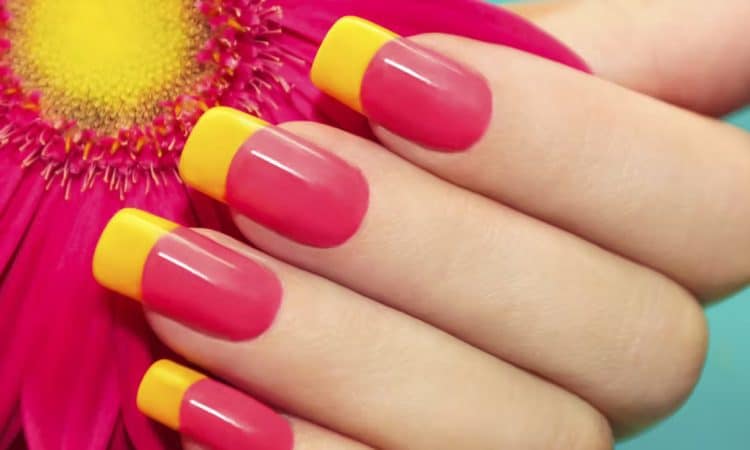
From Kylie Jenner and Rihanna to Ariana Grande and Cardi B, celebrities are flaunting long, acrylic nails – often heavily adorned with nail art – as a fashion statement. Nail fashion is now a booming industry, with gel manicures and acrylic nails among the most popular trends. While these manicures might feel like self-care, they can damage healthy natural nails and might even cause unexpected health problems for some individuals.
The Dangers of Nail Glue
The nail glue used to attach acrylics typically contains a mixture of alcohol, cyanoacrylate, and photo-bonded methacrylate, along with other ingredients like formaldehyde, a known carcinogen. These chemicals can cause skin irritation and dermatitis. Additionally, nail glue burns are widely reported. In some cases, nail glue spilled on clothing has caused injury by burning through the fabric and damaging the skin beneath, which can then become infected.
Prolonged Wear Issues
Wearing gels and acrylics for extended periods can lead to pseudo-psoriatic nails, where extra skin, known as hyperkeratosis, grows under the nail, resembling the red and crusty appearance of psoriasis. Many manicure enthusiasts with pseudo-psoriatic nails test positive for an allergy to methyl methacrylate. Severe allergies can even cause the permanent loss of fingernails, and some individuals suffer from peripheral neuropathy – tingling or numbness in fingers – sometimes permanently.
Potential Cancer Risk from UV Lamps
UV nail lamps used to cure gel nails emit ultra-violet light (UVA), which hardens the gel. Regular exposure to these lamps, especially without protection, increases UVA exposure. Although the back of the hands is one of the most UV-resistant parts of the body, it’s often unprotected by clothing and sunscreen. To reduce UV exposure, apply high-factor sunscreen 30 minutes before the appointment and wear dark, fingerless gloves during the manicure.
Weak, Brittle, Dry Nails
Removing gels and acrylics often peels or shaves away fragments of the nail plate, damaging the nail’s keratin layers, causing the nail to weaken and become brittle. The removal process can lead to pseudoleukonychia (white nails) and traumatic onycholysis, where the nail is pulled away from the bed underneath, opening the barrier that protects the internal body from the outside world. This can lead to infections such as paronychia.
Fungal Infections
Leaving false nails on for too long can cause moisture to build up underneath, creating an ideal environment for onychomycosis (fungal infections). Changes to the appearance of the natural nail caused by a fungal infection can be hidden by the acrylic, allowing the infection to progress unnoticed.
Bacterial Breeding Grounds
Even traditional nail varnish isn’t without risk. It can alter pulse oximeter readings, which measure blood oxygen levels. Gels, acrylics, and varnish are banned in clinical settings because the spaces under nails and chips on polish are breeding grounds for bacteria, which can be passed between staff and patients.

